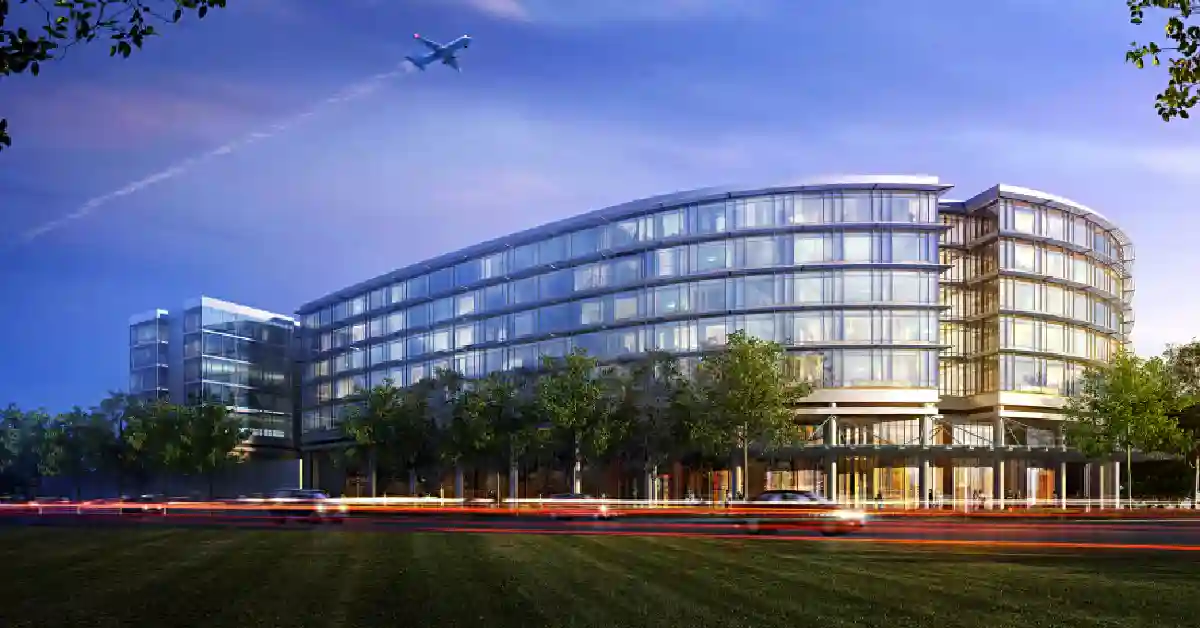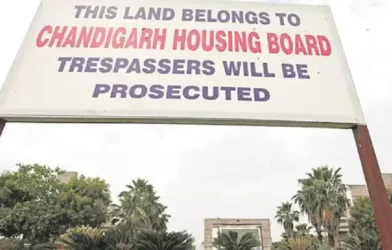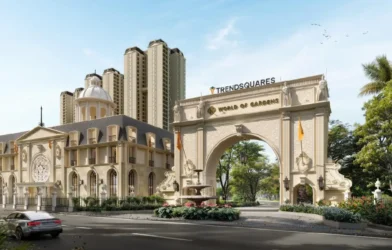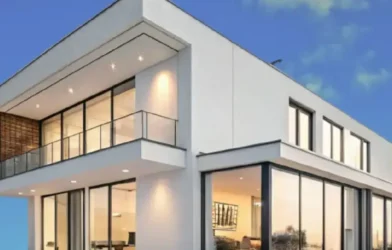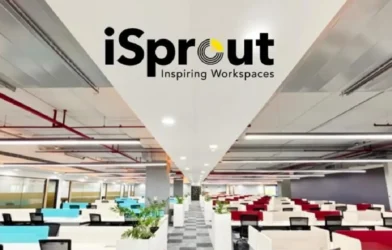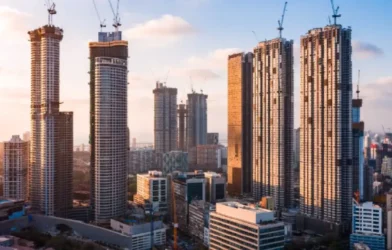Subtotal ₹0.00
Delhi Aerocity is fast emerging as the epicentre of next-generation connectivity in the National Capital Region. With the upcoming Delhi–Gurugram–Shahjahanpur–Neemrana–Behror (SNB) Namo Bharat corridor and the Delhi Metro’s Golden Line converging near the Indira Gandhi International Airport, the area is poised to become India’s largest multimodal transit hub—seamlessly linking air, road, metro, and rail networks while redefining the region’s urban and business landscape.
Developed by the National Capital Region Transport Corporation (NCRTC), the 106-kilometre semi-high-speed rail line will connect Sarai Kale Khan in Delhi to Rajasthan, featuring 16 state-of-the-art stations.
A crucial highlight of this corridor is the Aerocity Namo Bharat station, strategically located near the Indira Gandhi International Airport. Designed to integrate air, metro, road, and rail systems, the station will anchor Aerocity as the heart of India’s largest multimodal transport network.
Of the total route, 71 kilometres will be elevated and 35 kilometres underground, ensuring fast, smooth, and efficient travel. The corridor’s interoperable design will allow passengers to transfer seamlessly between the Delhi–Ghaziabad–Meerut, Delhi–Gurugram–SNB, and Delhi–Panipat–Karnal routes without changing trains.
According to Puneet Vats, CPRO of NCRTC, the operational Delhi–Ghaziabad–Meerut corridor has already revolutionized regional travel, cutting travel time between Delhi and Meerut to under an hour. “A similar transformation is expected with the upcoming corridors,” he said, adding that Aerocity’s strategic location will make it the region’s largest transit hub.
In parallel, the Delhi Metro Rail Corporation (DMRC) is constructing the Golden Line, a 25.82-kilometre driverless corridor connecting Tughlaqabad to IGI Airport’s Terminal 1. Scheduled for completion by March 2026, the line will offer interchange facilities with the Airport Express Line, Yellow Line (Chhatarpur), and Violet Line (Tughlaqabad), further enhancing Aerocity’s connectivity.
Beyond transport, Aerocity is also evolving into a model for urban development. Bharti Real Estate’s Worldmark project- a Global Business District combining premium offices, retail, and leisure- spans over 20 million square feet developed in four phases. Worldmark 1.0 is operational, Worldmark 2.0 is nearing completion, and the Mall at Worldmark is scheduled for 2027. Phases 3.0 and 4.0 will follow between 2027 and 2032.
SK Sayal, MD and CEO of Bharti Real Estate, emphasised that connectivity, accessibility, and integrated infrastructure define modern business districts. “Aerocity is setting new benchmarks on all fronts,” he said, noting its unmatched integration of air, road, metro, and rail systems.
With Namo Bharat corridors nearing final approval and construction activities underway, Aerocity stands on the brink of becoming the most connected and dynamic node in the National Capital Region. The seamless fusion of transport and business infrastructure marks a major step toward a smarter, more sustainable NCR mobility ecosystem.




